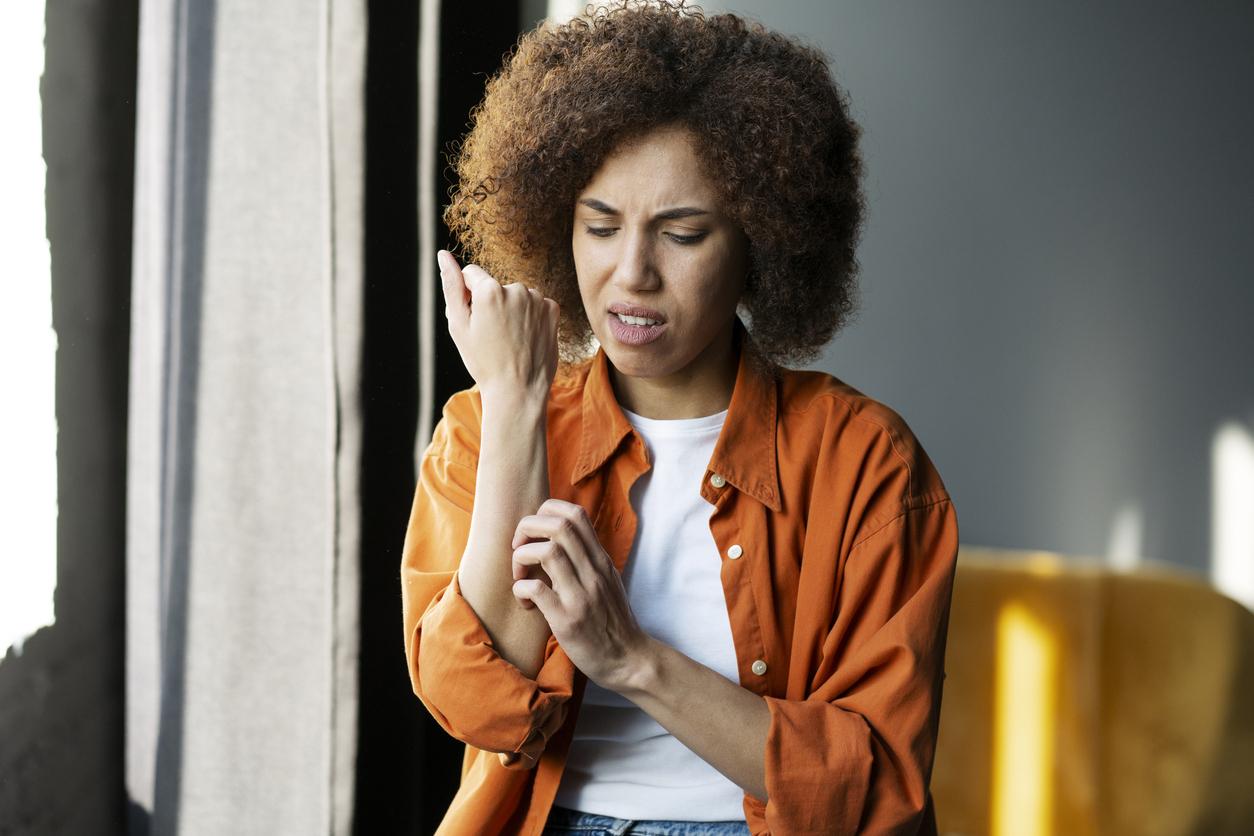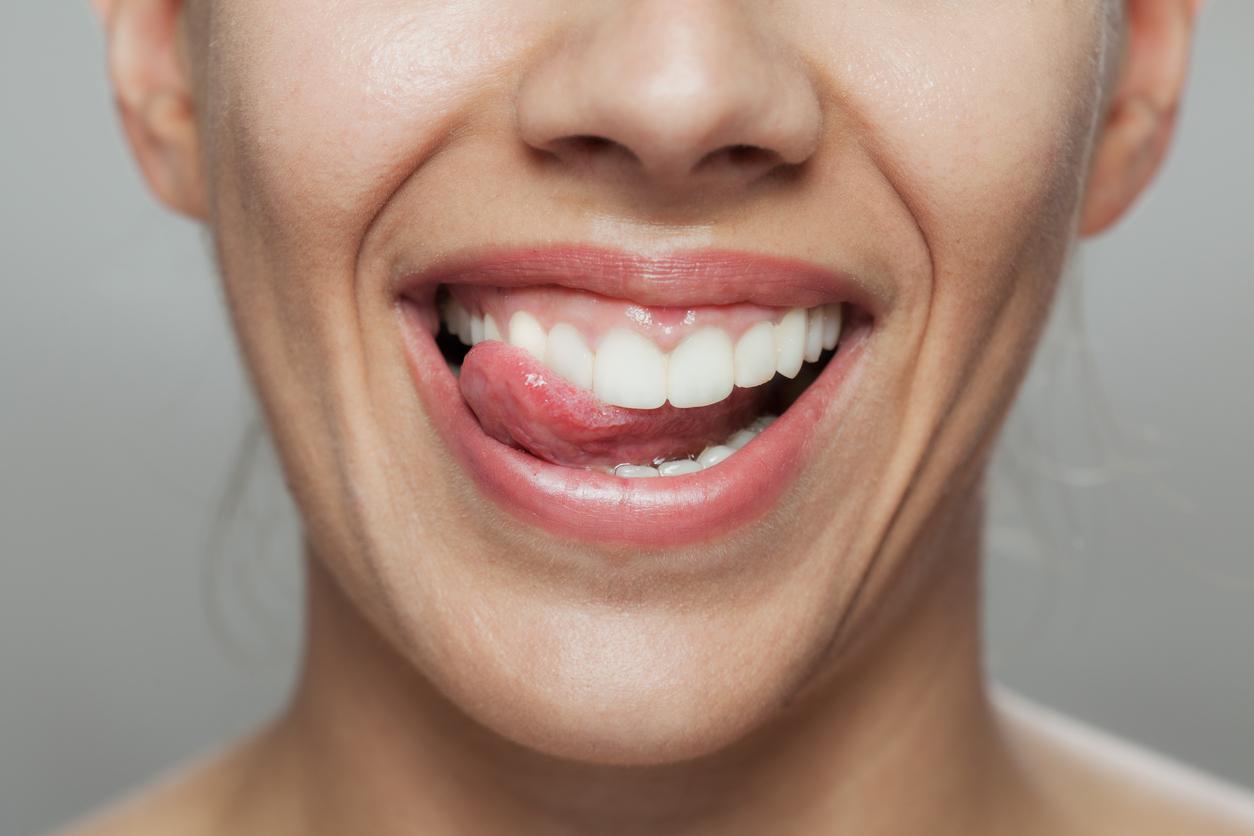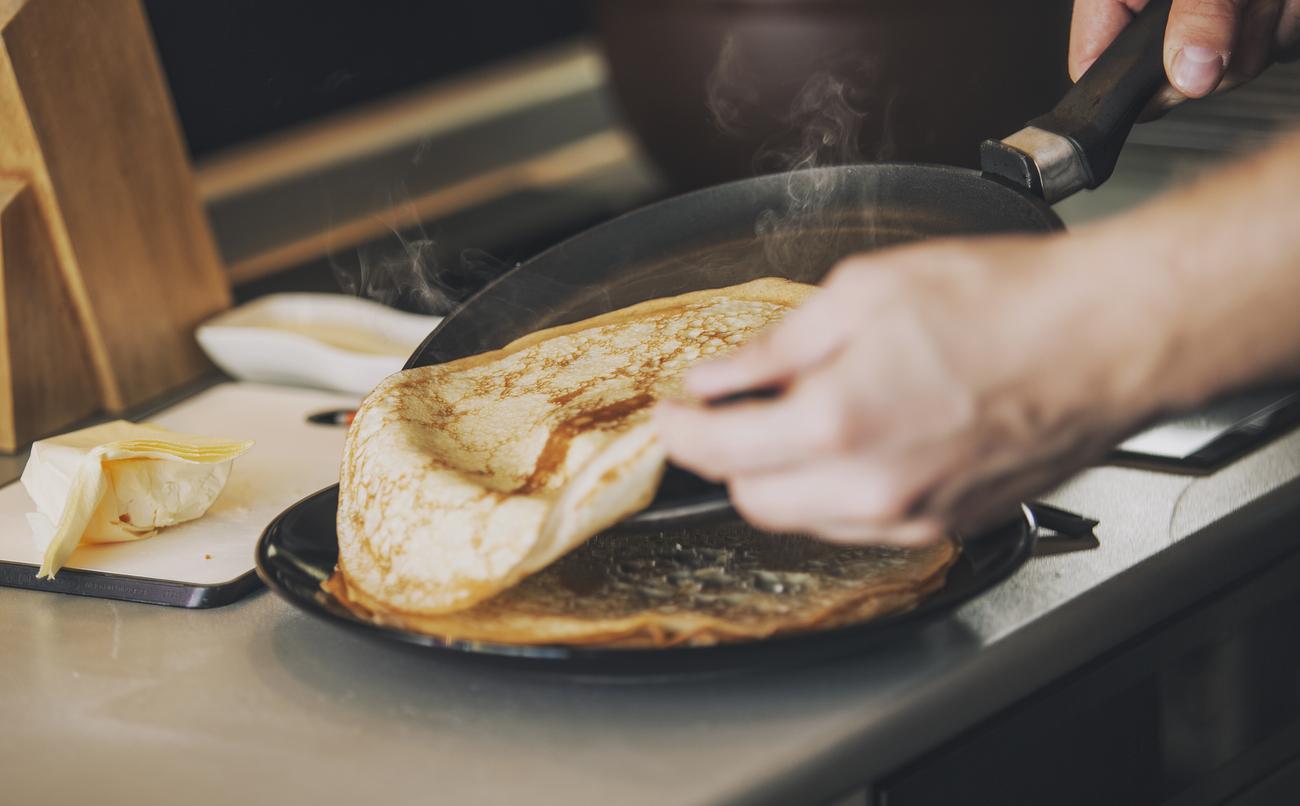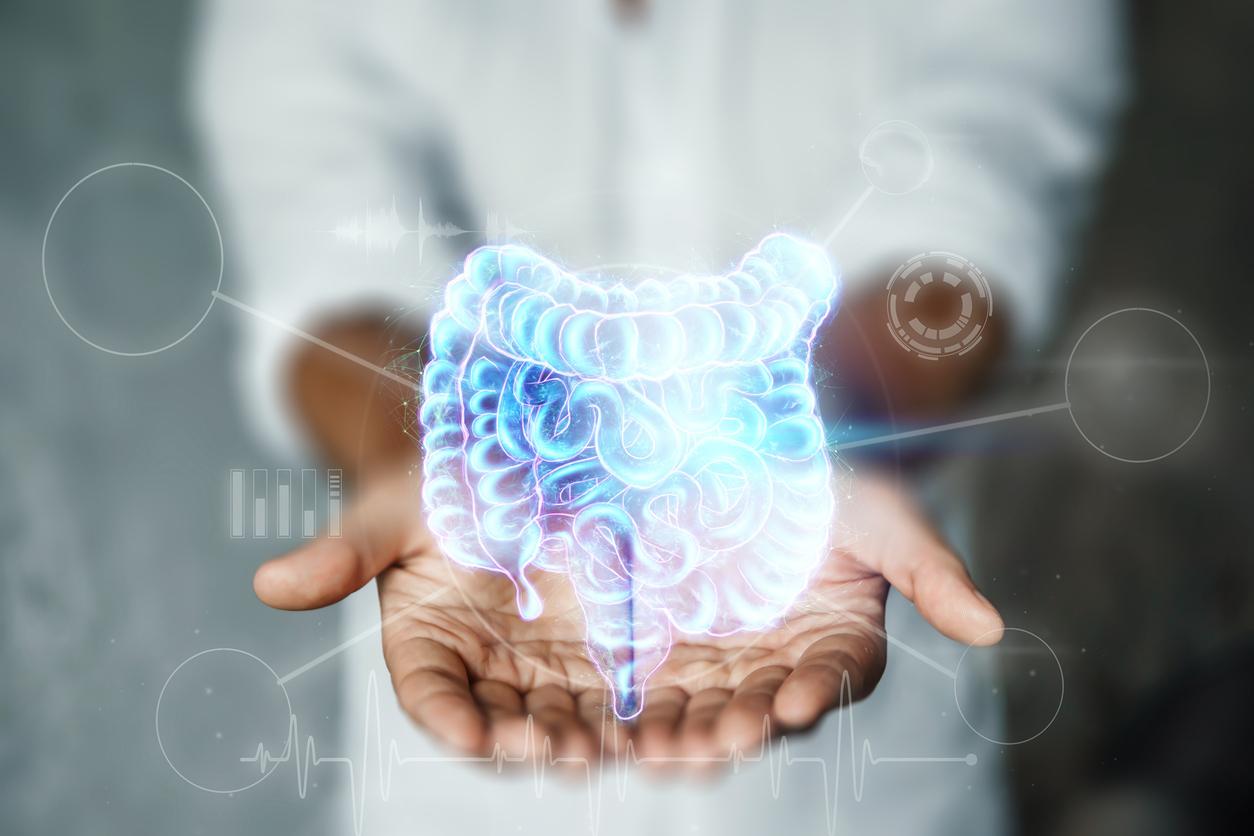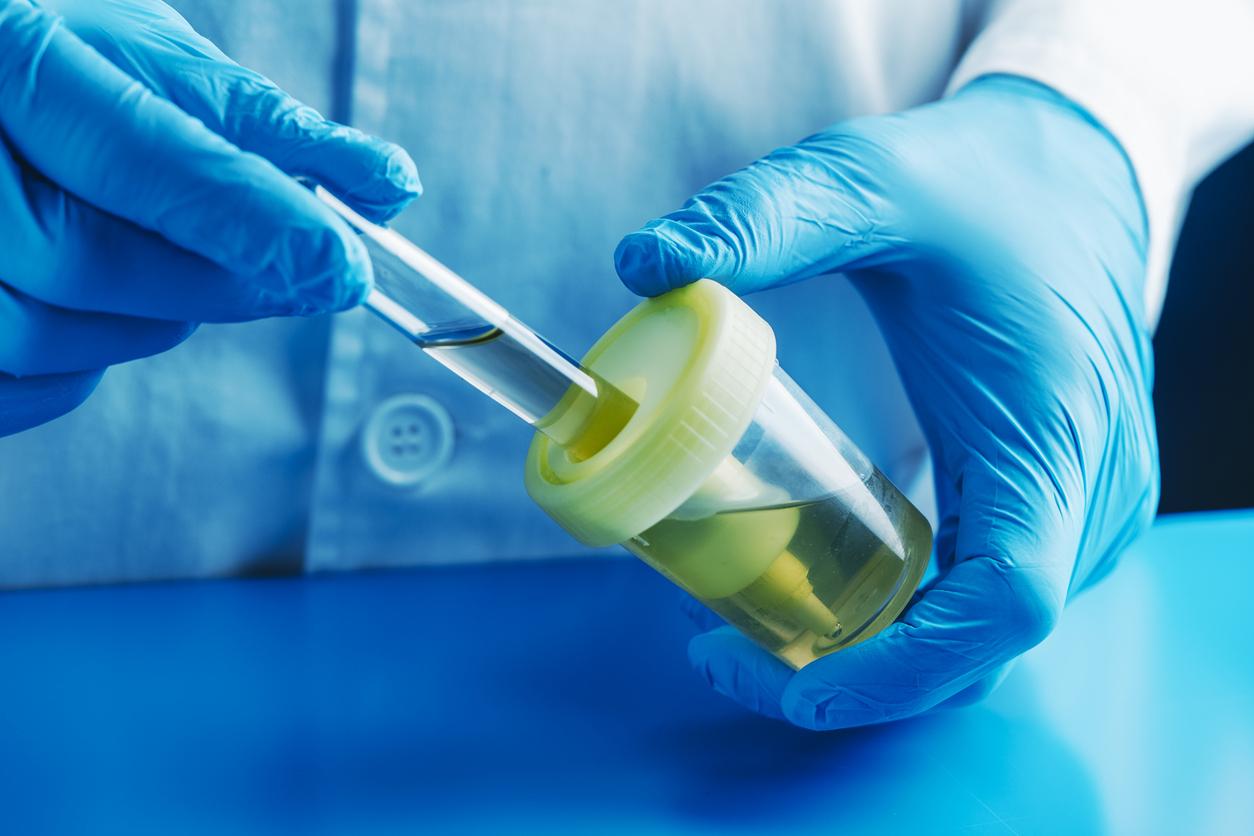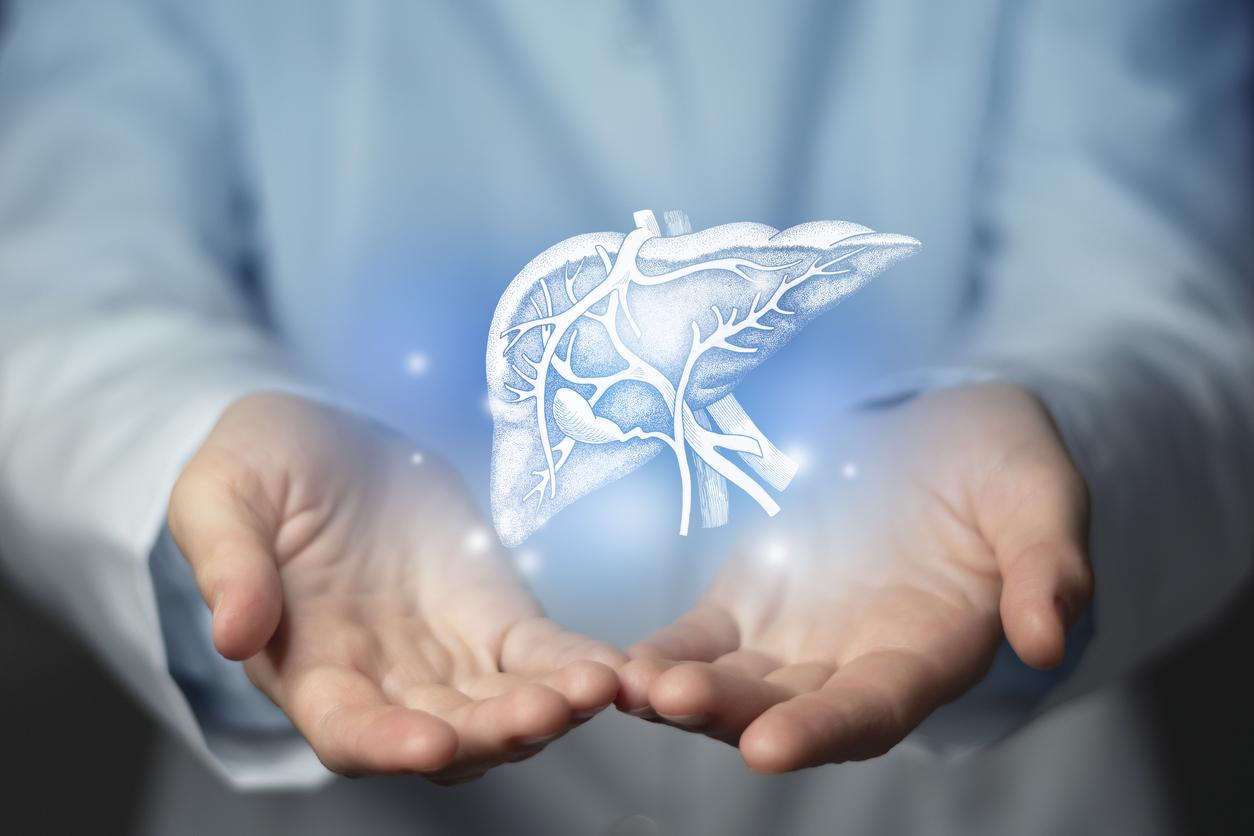Public toilets arouse many fears, especially on the presence of bacteria potentially dangerous for health. We take stock of the risks.

- Pathogens can be propagated in public toilets when the flush is fired.
- Effective ventilation reduces the risks by 10.
- Leaving the cabin immediately after pressing the flush button and washing your hands are the most effective means to reduce health risks.
Public toilets are the obsession of many people. A Ifop survey for Diogenes France From 2021 had revealed that 47 % of men and 61 % of women are embarrassed to defecate in such places. If the noise and the smell of their passage as well as the dirt of the toilets are the main reasons invoked by the respondents, the fear of microbes and diseases can also be the cause of this “fear”.
A study of learned society Society for Risk Analysis has taken stock of the risk of infection in public toilets, and more particularly airborne particles (bioaérosol) containing bacteria.
Public WC: concentrations of bacteria beyond “acceptable levels”
“Bioaérosols emissions during the toilet flush is an often neglected source of potential health risks in shared public facilities”note the authors to the origin of the works. They thus decided to assess the concentrations of bioaérosols of the bacteria Escherichia coli (E. coli) and Staphylococcus aureus (S. aureus) in public toilets.
The research was carried out in two toilets located in an office building in China. The former offered toilets in Bidet (Japanese) and the other toilets at Turkish. Scientists have measured the bioaérosol emissions containing S. Aureus and E. coli in various hunting conditions and ventilation scenarios in the two rooms.
Ventilation reduces bacteria concentrations
Result : Bioaerosols concentrations of the two pathogens studied exceeded the “acceptable levels” established by the centers for Disease Control (CDC) after the toilet flush. In addition, LThe airborne particles are less with Bidet toilets. Turkish toilets generated 42 to 62 % higher concentrations of Bioaérosols S. Aureus and 16 to 27 % higher concentrations of Bioaérosols E. coli. The study also shows that ventilation is the best way to reduce unhealthy concentrations of bacteria in public toilets. The risk was, in fact, divided by 10 times when an extractor fan was underway.
“Our results highlight the considerable health risks posed by exposure to bioaérosols in public toilets”adds the main author Wajid Ali from China University of Geosciences. “Improvement of ventilation systems by optimizing the efficiency of extractor fans and air renewal rates can effectively reduce bioaerosol concentrations and the risk of exposure for the public.”
Public toilets: is it dangerous to sit on the toilet telescope?
Many women play balancingists in public toilets to prevent their behind with the toilet for fear of potential microbes or bacteria. But if it is true that human stools contain very many transmitted pathogens (Escherichia coli, Salmonella, Shigella, Norovirus, Rotavirus …), primrose Freestone, microbiologist of University of Leicester, explains in an article published in The Conversation In 2018 why such a precaution is not really useful.
“It is very unlikely that an infection develops from the buttocks, even seated on a toilet seat. Indeed, most intestinal infections involve manual transfer of bacteria to the mouth. This generally occurs when hands , foods or certain surfaces are soiled by faeces. solid”explains the expert. She also recalls that the fact of “hovering over the toilet” complicates the evacuation of the urine since the muscles of the pelvic floor and the pelvic belt are tense. This position can then increase the risks of several disorders such as an incomplete emptying of the bladder, urinary tract infections or prolapse. Thus, if you are afraid to contract toilet infections, it offers to clean the seat with an antiseptic wipe “To reassure you” Rather than not sit properly.
The importance of washing your hands
To avoid microbes, the specialist above all advises “Leave the cabin immediately after pressing the flush button”. This reduces contact with bioaerosol projections. Another basic advice (but sometimes forgotten in the precipitation): wash your hands with soapy water for at least 30 seconds without forgetting the nails, after being to the WC.
Studies have shown that the taps of public sinks and the buttons of the hand dryers also housed many microbes. “It is therefore advised, once the hand washing, to leave the tap open while you dry your hands, then use a piece of clean paper towel to close it. Or, if you use a dryer -Mans, use your elbow to press the start -up button “adds the microbiologist.










